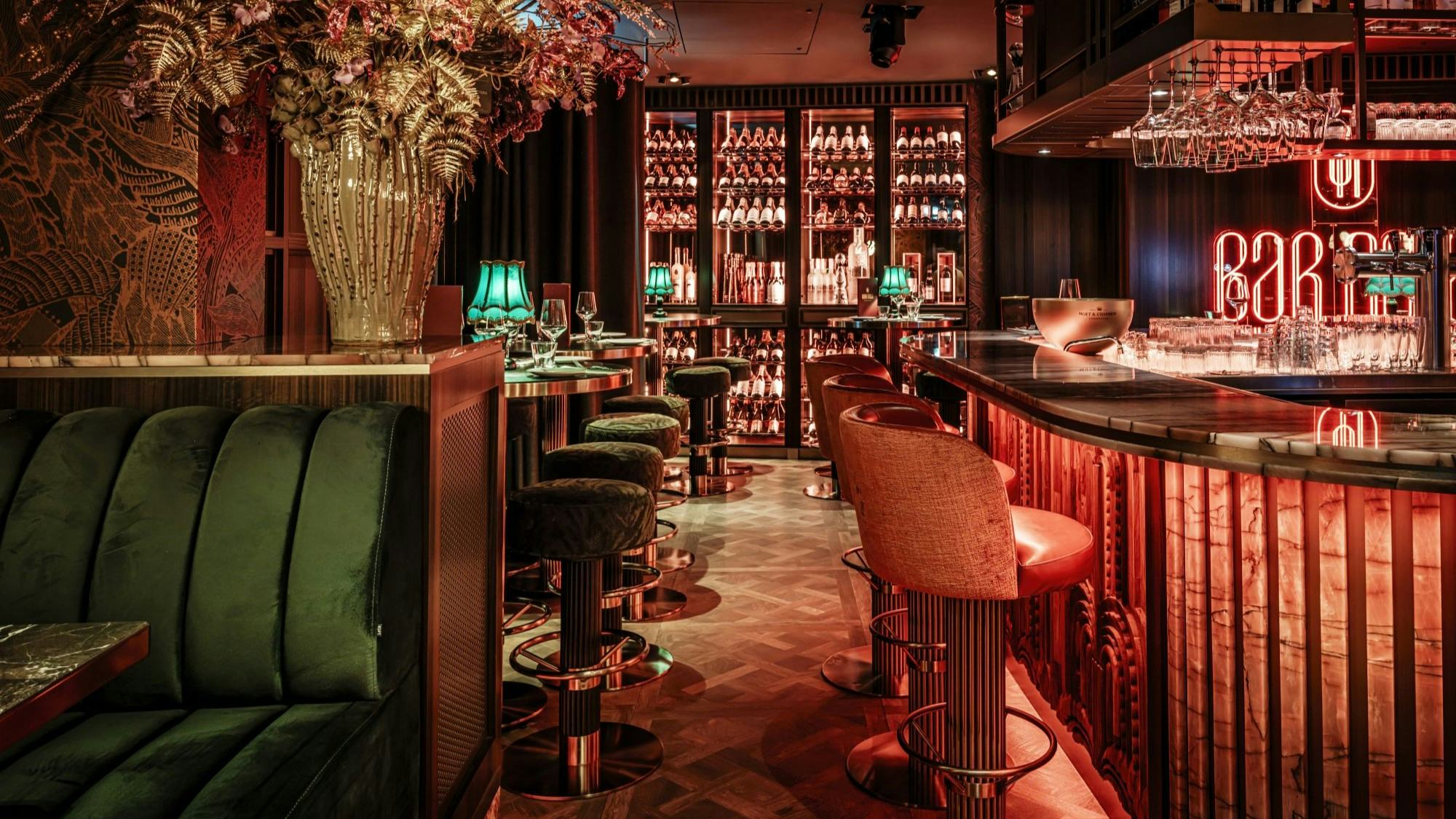The effect of the Rugby World Cup (RWC) had a slow start. According to the Australian Tourist Commission, the country saw international visitor arrivals increase by just 2.0 percent in October. It is therefore not surprising that Australia as a whole did not record any occupancy growth during this month compared to October 2002.
Whilst some secondary markets hosting matches did manage to achieve marginal occupancy increases, the larger markets of Sydney and Melbourne actually saw occupancy declines of 1.9 percent and 4.0 percent respectively. However, there is a positive side to this story, as throughout the country average room rates increased. Both Brisbane and Perth (who hosted five games each during October) managed to achieve the most significant growth in average room rates compared to the prior year, of 16.2 percent and 16.1 percent respectively.
Driven solely by a 6.4 percent increase in average room rate, Australia saw revPAR increase by 5.9 percent during October 2003 compared to the prior year. This trend in hotel performance seen during the RWC 2003 follows the same pattern seen at the RWC 1999, held in Wales – minimal occupancy growth with substantial increases in average room rates.
As October came to an end, only Sydney, Melbourne and Brisbane still had matches to look forward to in November. International visitor arrivals to Australia increased by 7.0 percent during November year-on-year, as fans flocked to see the final matches. Whilst New Zealand and the United Kingdom provided double-digit visitor growth, this growth seems to have displaced that from Australia’s other key inbound markets namely, Japan, United States and Singapore. Not the traditional die-hard rugby fans, many opted to stay away avoiding the premium room rates that provided Australia with an 18.8 percent increase in average room rate during the month.
Both Brisbane and Melbourne hosted the Quarter Final matches in November, providing them with the opportunity to grow revPAR by 27.2 percent and 24.5 percent respectively. Brisbane drove its revPAR growth predominately through average room rate increases (20.4 percent), whilst in Melbourne the growth in both occupancy (11.0 percent) and average room rate (12.0 percent) was more balanced.
As host of the final matches of the RWC 2003, Sydney managed to achieve its highest growth in revPAR since the 2000 Olympics. Highlighting the tournament trend, the 43.6 percent growth in revPAR (to A$233) was nearly all due to increases in average room rates - occupancy only increased by 1.3 percent. In November 2002 Sydney hosted the Gay Games, resulting in a 21.4 percent increase in occupancy compared to November 2001. With the certainty of high occupancies being repeated in 2003, Sydney hoteliers were able to take advantage of the situation pushing for higher rates.
Not only did the RWC 2003 result in the first northern hemisphere champions, it also brought championship growth for Australia’s hotel markets, helping to accelerate year-to-date revPAR performance into double-digit territory for three of the eight cities surveyed by the HotelBenchmark Survey.






